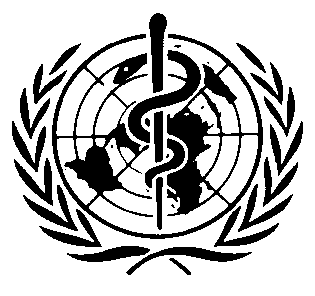International Chemical Safety Cards
| URANIUM HEXAFLUORIDE | ICSC: 1250 |




UF6 Molecular mass: 352.0 
 ICSC # 1250
ICSC # 1250CAS # 7783-81-5 RTECS # YR4720000 UN # 2978 EC # 092-002-00-3 March 16, 1995 Peer reviewed |
| TYPES OF HAZARD/ EXPOSURE | ACUTE HAZARDS/ SYMPTOMS | PREVENTION |
FIRST AID/ FIRE FIGHTING |
| FIRE |
Not combustible.
Gives off irritating or toxic fumes (or gases) in a fire.
|
|
In case of fire in the surroundings:
powder, carbon dioxide
.
NO water
.
|
| EXPLOSION |
|
|
|
| EXPOSURE |
|
AVOID ALL CONTACT!
|
IN ALL CASES CONSULT A DOCTOR!
|
| •INHALATION |
Corrosive.
Burning sensation.
Cough.
Shortness of breath.
|
Avoid inhalation of fine dust and mist.
Closed system and ventilation.
|
Fresh air, rest.
Artificial respiration may be needed.
Refer for medical attention.
|
| •SKIN |
Corrosive.
Skin burns.
Pain.
|
Protective gloves.
Protective clothing.
|
First rinse with plenty of water, then remove contaminated clothes and rinse again.
Refer for medical attention.
Wear protective gloves when administering first aid.
|
| •EYES |
Corrosive.
Pain.
Severe deep burns.
|
Face shield
or
eye protection in combination with breathing protection if powder.
|
First rinse with plenty of water for several minutes (remove contact lenses if easily possible), then take to a doctor.
|
| •INGESTION |
Corrosive.
Abdominal cramps.
Burning sensation.
Shock or collapse.
|
Do not eat, drink, or smoke during work.
Wash hands before eating.
|
Rinse mouth.
Do NOT induce vomiting.
Give plenty of water to drink.
Refer for medical attention.
|
| SPILLAGE DISPOSAL | STORAGE | PACKAGING & LABELLING | ||
|
Evacuate danger area!
Consult an expert!
Sweep spilled substance into sealable containers,
then remove to safe place.
Personal protection: complete protective clothing including self-contained breathing apparatus.
|
Separated from
aromatic compounds, ethanol,
food and feedstuffs
.
Dry.
Well closed.
Keep in a well-ventilated room.
|
Unbreakable packaging; put breakable packaging into closed unbreakable container.
Do not transport with food and feedstuffs.
Note: A T+ symbol N symbol R: 26/28-33-51/53 S: 1/2-20/21-45-61 UN Hazard Class: 7 UN Subsidiary Risks: 8 |
||
| SEE IMPORTANT INFORMATION ON BACK | ||||
|
||||